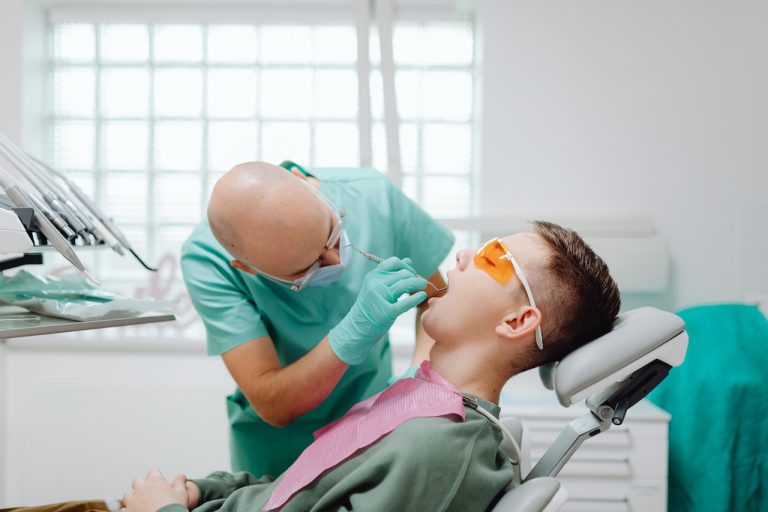
Why Do Orthodontic Disorders Occur ?
– Depends on hereditary factors,
– Congenital anomalies (such as cleft lip, palate),
– Faulty functions (such as mouth breathing),
– Harmful habits (such as finger sucking, using pacifiers for a long time),
– Early loss of baby teeth due to caries,
– Injuries such as teeth grinding or falling, impact,
It is formed for reasons.
Why Should Orthodontic Disorders Be Treated ?
Smooth teeth and jaws are an integral part of a good facial aesthetics, a beautiful smile. For this reason, jaw joint disorders, tooth structure and facial region disorders should be treated in order to recover aesthetically. In the same time;
– It helps a person to bite, chew and speak foods effectively.
– It reduces the predisposition to gum diseases and caries, contributes to healthy teeth and gums.
– It reduces the occurrence of functional problems such as jaw joint disorders and forms an important part of the treatment of these disorders.
When Should an Orthodontic Examination Be Performed ?
Orthodontic treatment can be applied at any age. But especially if there are problems related to the jaw area, children should be examined before reaching puberty (10-12 years old) in order to benefit from growth and development.
in children aged 5-6 years, orthodontic examination is very useful for early detection of problems that may impair growth and development.
Preventive Orthodontic Treatment
The purpose of these treatments is to prepare enough places for the permanent teeth to be able to last properly. For this purpose, placeholders are being prepared that protect the place of early lost baby teeth. In addition, it is recommended to monitor children prone to dental caries by a pedodontist.
Preventive Orthodontic Treatment
Various moving devices can be prepared in order to prevent problems that may develop due to factors such as finger sucking, abnormal swallowing, which we can list as bad habits, or to save space for permanent teeth.
Fixed Orthodontic Treatment
After permanent teeth are applied, orthodontic treatment is now performed with brackets that stick to the teeth and are not removed during the treatment, as well as wires passing through these brackets. Some dental disorders, on the other hand, allow the application of brackets to the inner surfaces of the teeth, so that they can be completely invisible (Lingual Orthodontics). Fixed orthodontic treatment can be applied to patients of all ages with healthy teeth and gums. It requires long-term reinforcement with various passive devices and wires that are invisible from the outside in order to maintain the results obtained by treatment.
